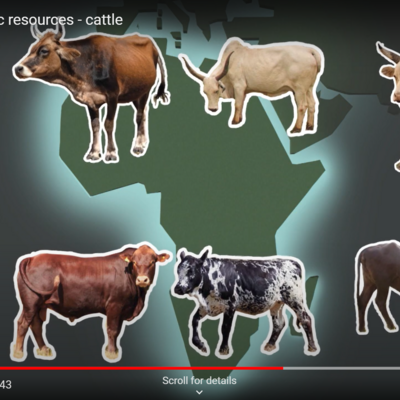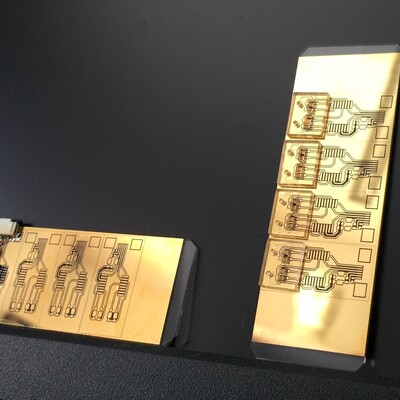
African Chicken Genetic Gains transforms into Tropical Poultry Genetic Solutions to build on outcomes and scale into new countries
In sub-Saharan Africa, chicken production is integral in nearly all poor rural smallholder households, accounting for about 80% of the poultry flock in the region (Akinola and Essien 2011, FAO 2020). For smallholder chicken farmers, many of whom are women, chicken production offers numerous benefits – from income generation and food and nutrition security – which can play significant roles in poverty alleviation, especially among resource-poor and historically neglected groups (Islam and Jabbar 2005, Assa 2012).
Despite the proliferation of chickens, however, productivity is low. Many past efforts to raise smallholder productivity have failed to deliver impact because they often consisted of introducing high-producing breeds that are most suited for intensive feeding systems in temperate, developed countries.
In response to this, in 2014 the African Chicken Genetic Gains (ACGG) program was created to deliver better and more contextually appropriate chickens to smallholder farmers in Africa. It targeted three countries in Africa – Ethiopia, Nigeria and Tanzania. Through its numerous partnerships and innovation platforms designed to engage with farmers, private sector actors and policy makers, the program has successfully identified and made available more productive, locally adapted and farmer-preferred chicken breeds and contributed to improving the nutrition values of participating households.
Set to scale
The success of ACGG has caught the attention of funders and country partners, leading to the program’s expansion in Africa as well as Asia. It now covers nine total countries with the addition of Kenya, Ghana, Zimbabwe, Cambodia, Myanmar and Vietnam. To reflect its new global reach, the program has adopted the new name of Tropical Poultry Genetic Solutions (TPGS).
‘This new name is significant not only because it shows that we are growing geographically, more importantly it reflects our model of global south-south cooperation and joint learning that is really the key to the future success of this program,’ said Tadelle Dessie, program lead for TPGS. ‘We will bring lessons and expertise from our partners in Southeast Asia and Africa, and test those across our target countries.’
Local context and learning remain at the center of the program
TPGS’ wider reach is building on ACGG’s seven years of catalyzed public-private partnerships that have led to increased access of poor smallholder farmers to improved breeds of chickens from India and Africa that have demonstrated high-production potential under low-input systems. TPGS will use ACGG’s public-private partnership and on-farm testing models in the new countries but will adapt the steps and process of engagement to the local context and networks.
The integrated approach of ACGG will continue under TPGS, reflected in the various expertise from its core team, consisting of geneticists, human and animal nutritionists and social economists. The team are looking to unravel the genetic potential of local chicken breeds for both production and adaptability traits of African and Asian poultry farming systems.
‘In addition to genetics we will be working on feed, health and finance issues. The program additionally envisions facilitating cross-learning, experience sharing, and knowledge management amongst a broad spectrum of poultry industry players in the tropics. TPGS also plans to participate in policy advocacy through the establishment and operationalization of the Tropical Poultry Platform (TROP),’ said Tadelle Dessie.
For Dessie, the transition means that ACGG outcomes can be scaled to a larger geographical context, creating greater impact and value for even more smallholder chicken farmers.
ACGG
Formed in November 2014, ACGG has made pioneering steps in improving chicken production. On-station and on-farm tests have recorded up to 200% increase in egg production and 300% increase in body weight from indigenous and tropically adapted chicken breeds in Ethiopia, Tanzania and Nigeria compared to the productivity levels of indigenous breeds.
The program maintained notable stakeholder engagement by creating linkages across the chicken production value chain in all three project countries. This engagement contributed to early realization of the project’s impact milestones earlier than initially targeted.















